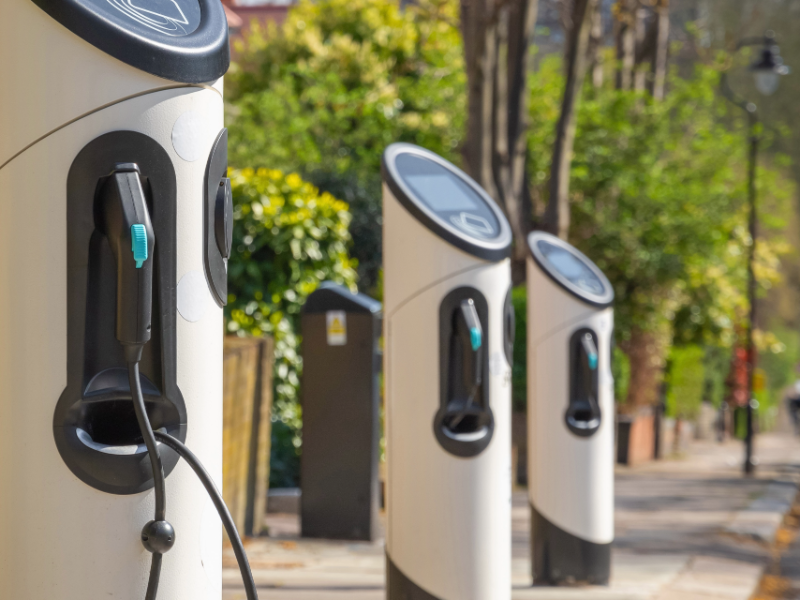- EV chargers are not all the same, varying in connector types, charging speeds, and compatibility with different vehicles.
- As the EV market continues to evolve, standardisation and interoperability are likely to improve, making it easier for drivers to access the charging they need.
As electric vehicles (EVs) become increasingly popular, understanding the charging infrastructure that supports them is essential. EV chargers vary significantly in terms of connector types, charging speeds, and compatibility. This diversity is driven by different vehicle requirements, regional standards, and technological advancements. Understanding these differences is crucial for EV owners to make informed decisions about charging infrastructure, whether at home or on the road.
3 types of EV chargers
1. Level 1 chargers: Level 1 chargers use a standard 120-volt outlet, the same as typical household appliances. They are the slowest type of EV charger, adding about 3 to 5 miles of range per hour of charging. Level 1 chargers are often included with the purchase of an EV and are suitable for overnight charging.
Also read: Why are EV chargers so unreliable?
2. Level 2 chargers: Level 2 chargers require a 240-volt outlet, similar to what is used for large appliances like ovens or clothes dryers. These chargers significantly reduce charging time, providing 10 to 60 miles of range per hour, depending on the vehicle and the charger’s power output.
3. DC fast chargers (Level 3 chargers): DC fast chargers offer the quickest way to charge an EV, using direct current (DC) instead of alternating current (AC) like Levels 1 and 2. These chargers can provide 60 to 200 miles of range in 20-30 minutes, making them ideal for long-distance travel and commercial use. However, they require specialised infrastructure.
5 connector types and standards
1. Type 1 (J1772): In North America, the Type 1 (J1772) connector is the standard for Level 1 and Level 2 charging, compatible with most EVs except for Tesla models, which use a proprietary connector.
2. Type 2 (Mennekes): In Europe, the Type 2 (Mennekes) connector is the standard, which offers compatibility across a wide range of vehicles and supports both single-phase and three-phase charging.
Also read: Musk delays robotaxi reveal to October 10 amid design changes
3. Combined Charging System (CCS): CCS is a standard that combines AC and DC charging in one connector, allowing vehicles to use the same port for slow and fast charging. CCS connectors are widely used in Europe and North America. Moreover, they are increasingly becoming the standard for new EVs due to their versatility and support for high-speed charging.
4. CHAdeMO: CHAdeMO is a fast-charging standard primarily used by Japanese automakers such as Nissan and Mitsubishi. It supports rapid DC charging but is gradually being overshadowed by the more widely adopted CCS standard, especially in Western markets.
5. Tesla’s proprietary connector: Tesla uses its own proprietary connector in North America for both AC and DC charging, but in Europe, Tesla vehicles come with the standard Type 2/CCS combo. Tesla’s unique infrastructure includes a network of Superchargers, known for their high speed and widespread availability, though access for non-Tesla vehicles is limited.

